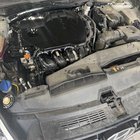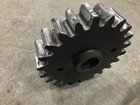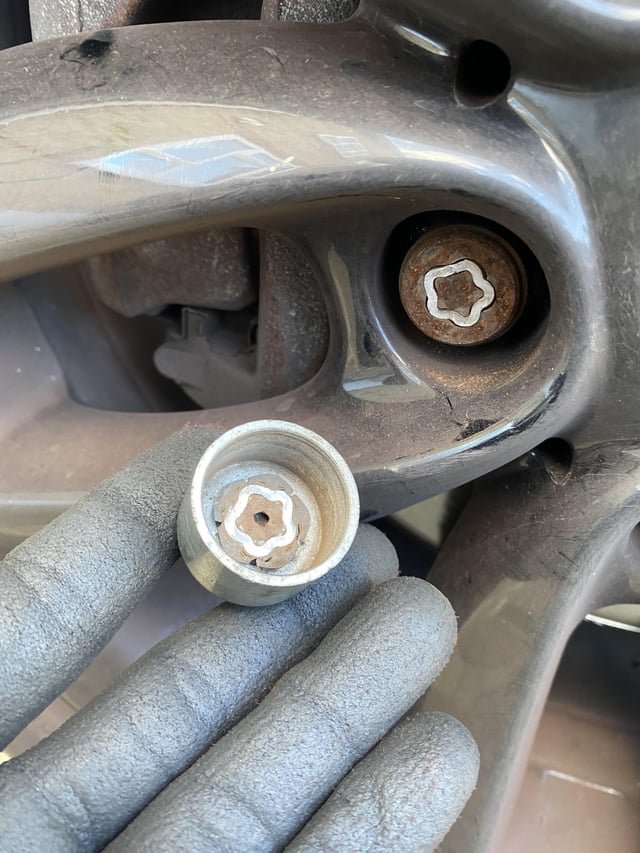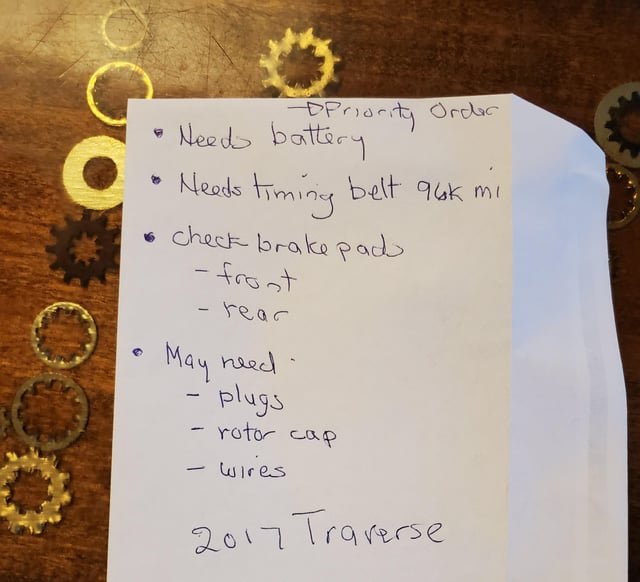We track the Plus Four’s gradual, but significant glow-up over its 75-year lifespan
They use new tools at the Morgan Motor Company, of course, like the ones for bashing most metal panels. Today they’re metal-tipped rather than wooden so they don’t deform over the years like they used to, which would make different examples of the same car a different shape.
But there are still old tools too, such as the ancient ones they use to put louvres into car bonnets. And perhaps no tool is more significant to the enduring shape of a Morgan than the wooden press that initially shapes out Plus Four rear wheel arches.
It dates from the early 1950s. It might even be the first one. They can’t be sure: paperwork wasn’t what it is. As a result, an original Plus Four from 1950 and a new one have effectively interchangeable rear wings; it’s only a bit of extra width that separates them.
It’s 75 years this week since Morgan announced the Plus Four, via the medium of The Autocar’s pages (29 September 1950, for digital archive subscribers).
“2-litre engine in a high-performance light car,” ran the headline across the top of a double-paged spread. It had a Standard Vanguard unit making 68bhp.
Morgan is abuzz today. It was recently reported that it’s on track to return a profit this year, which isn’t always a given; it has just regained access to the US market; and it has differentiated the models in its range more than at maybe any time – certainly in recent memory.
And the Plus Four lineage from 1950 continues, today with a 2-0-litre BMW engine and 255bhp so rather sparkling performance. But it’s still a car that you buy because it looks like the Morgan you always wanted. Meanwhile, what was the Plus Six has been allowed to become something with a more separate identity: the Supersport. It wasn’t meant to be that way: the project started as a Plus Six facelift and they got carried away.
Not the first time they’ve done that recently: the Super 3 was only meant to be an engine change for the 3 Wheeler. I think it’s the consistency of the Plus Four that has allowed those models to evolve. And I wonder if the diversification of the range actually reinforces the identity, the central traditional appeal, of the 75-year-old Morgan.
If you’ve always wanted a Morgan, it will look like a Plus Four. I haven’t driven an original Plus Four before, but Martyn Webb, Morgan’s archivist, has owned his 1953 car (the same as a 1950 one) for 40 years. In the mid-1950s, Morgan introduced a curved grille and a Triumph TR2 engine, which a lot of owners latterly fitted to earlier cars, so there aren’t so many original original Plus Fours like Webb’s.
See an old and a new Plus Four together and it’s notable how much taller and more ground clearance the former has. If, like me, you’re used to a Plus Four looking like the later one, it’s a surprise to note how different they are although with them back to back, you can spot those trademark wheel arches.
This is a shape that a car designer wouldn’t draw these days, as Jon Wells, Morgan’s designer of the past 17 years, tells me. “The rear wheel centre isn’t in the middle,” he says. There are circles and curves whose centres don’t match each other, but this does give the Plus Four its enduring, unique, shapely rear.
In an original Plus Four, you sit upright and close to the dashboard, to give you leverage over the large, unassisted steering wheel. The H-pattern gearbox needs more rev-matching than a new car, but it’s very accurate, it’s snickety and there’s a lot of torque. The steering lightens as you pick up speed.
Morgan’s introduction in 2020 of its new CX aluminium architecture (launched 110 years after the company’s founding) was perhaps the biggest change in the Plus Four’s history. So it’s testament to Wells and his team’s work that the car still looks so familiar to the mind’s eye.
“It’s evolutionary not revolutionary, paying respect to the original,” Wells says. “Other cars move the game on; this one keeps it where it is.” Lots of detail design changes were made, given that the same chassis had to underpin both the wider Plus Six (now Supersport) and classic Plus Four yet the proportions of the latter had to seem the same.
Discreetly, as the car recently got wider, the headlights got bigger, to retain familiarity. The Plus Four of today feels much more sophisticated, of course (optional dampers make the ride a particular pleasure), but the headline we ran in 1950 – high performance, light car – is one we could still run now.
Let’s hope that in 2100 it could read the same way again – and that they’re still squeezing those wheel arches out of the same press.






